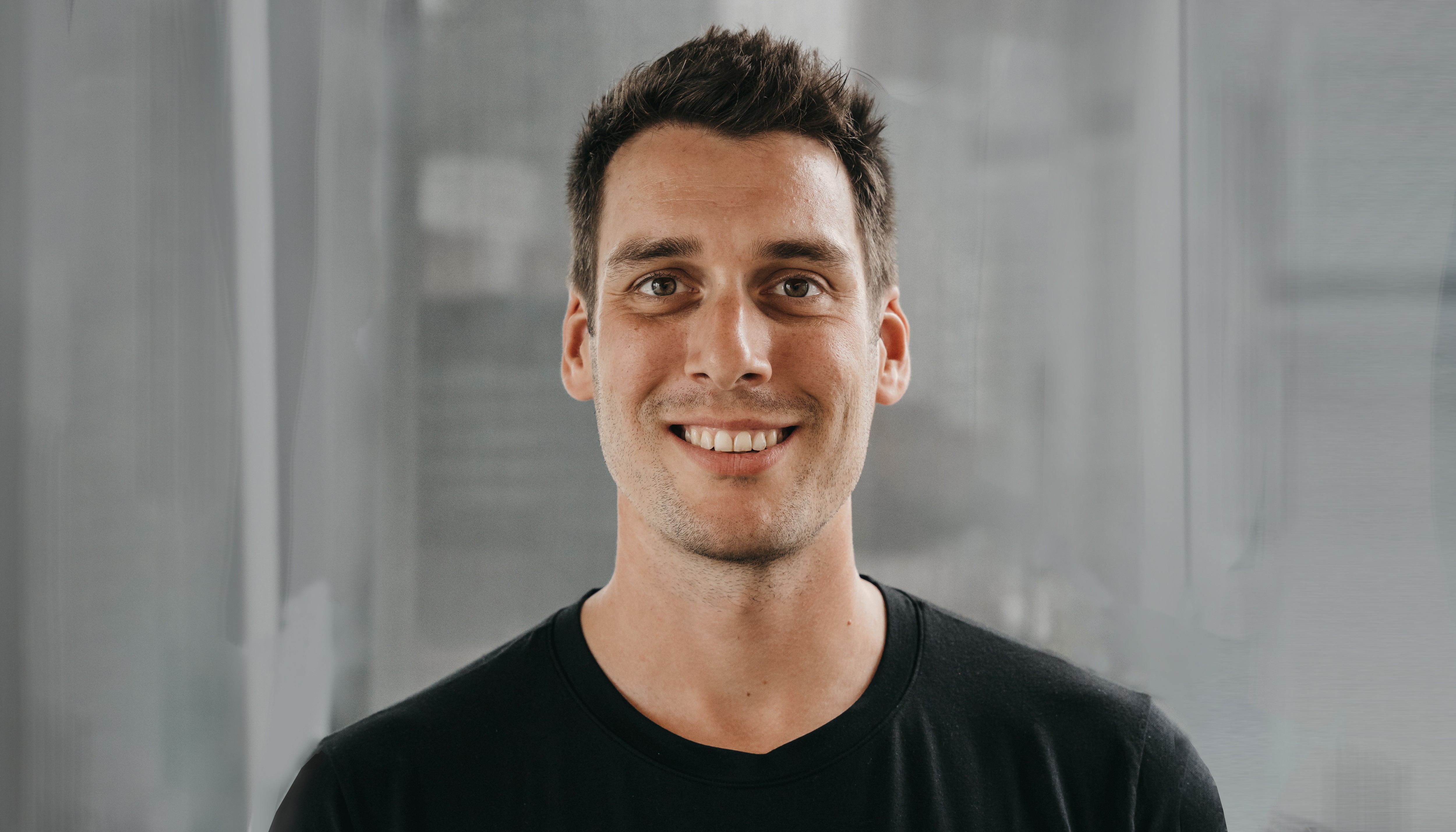What led you to choose this field, and how did you get started?
When I was younger, I loved creating stuff on my computer. I designed and built functional Winamp skins for myself, my friends, and online communities. I loved tinkering in Photoshop and discovering what “cool” (at least I thought so) things I could make. I still have some hilarious-looking artifacts from those days…
When I realized you couldn’t make a living off of creating things only you liked, I began working in branding. I loved the idea of developing a theme that guided the decisions for writing, identity design, and marketing. I really enjoyed working in branding, but I wanted to deliver even more value to users through design. I taught myself a bit of code so I could start applying my branding work to web-based experiences and started freelancing as a product designer. I’ve found this field to be one of the most rewarding forms of design for me to date.
We hear that you played baseball professionally. Are there any lessons from the baseball world that can be applied to Product Design?
Modern athletic training should look familiar to any product team: uncovering problems through data collection and observation, interpreting information to formulate a training strategy, finding tools and drills that resonate with the athlete, measuring and tracking success using data, and of course: iterating until athletic ability is maxed out.
In baseball, most players navigate this process without even realizing it. When I was pitching professionally, I would pitch against my own team during spring training. I would regularly have discussions with my teammates about what they saw when I was throwing, if a pitch was easy or hard for them to hit, and what their plan of attack was against me. We would help each other out in practice so we could make adjustments and be ready to compete during real games.
The last similarity is often overlooked in both baseball and product: team dynamics. The most successful teams I’ve been a part of know how to set aside their ego and collaborate towards a singular goal. In contrast, there are teams where the players root against their teammates for personal gain. These teams never had success typically made for a miserable experience. It’s important that everyone has a role to play and an environment is created where people aren’t afraid to fail. Failure fosters learning and learning fuels growth.
What or who are you inspired by?
My inspiration comes from my curiosity and desire to constantly learn. I originally wanted to become an architect. I spent a lot of time studying the process an architect follows, the history of the craft, and enjoying the balance of form and function. It’s one of the oldest forms of design; we can draw many parallels between designing software and architecture and learn a lot from studying how that industry has evolved.
As for what motivates me daily, being surrounded by passionate and empathetic people is at the top of the list. I love collaborating with other people who want to produce something better than the status quo and having a ton of fun while doing it.
What role does user research play in your design process?
It provides clarity, uncovers bias, removes uncertainty, and reveals real user pain points. With user research, the problems and solutions quickly come into focus. The faster we can get a prototype in a user’s hands, the more confident we’ll be as we get closer to launching a feature. When you combine research, behavioral data, and product sense, you can create something really special and fun to use.
How do you gather user feedback and integrate it into your designs?
We work with our CX team, PMs, and UXR, and also look directly to our community on the app to collect user feedback.
User feedback is often emotional and can help us understand how users feel about our experience. A user will rarely tell us the exact feature we need, but when zoom out on the collective feedback, we can discover what the real problem is. We can identify users’ frustrations and design moments of delight to replace them. The Community team has the added benefit of looking at our platforms directly on the app to collect feedback as well. When we launch a feature we can see users discussing them in our chats and comments section and get their unfiltered reactions to them. I’m really excited about the future opportunities we have to connect with our users directly on the app.
As a product designer, what are some areas or skills that you are currently working on to further enhance your expertise?
I’m currently focused on improving the lines of communication between our team’s engineers and product. By improving design documentation and annotation we can help our developers work more efficiently. By finding the right time to involve them early in the design process we can identify potential issues and consider them as designs are being flushed out.
Documentation can be like designing a product: you’re always adapting it to the people around you. Our designs must be interpreted by users, designers, project managers, researchers, and developers. A wide range of people with wider ranges of experiences could be reading my work at any given moment. It takes time to find that sweet spot for everyone on your team.
How do you stay updated with the latest design trends and industry developments?
I love trying new products and software. We grew up in a world filled with software, so I naturally seek software solutions to make my life easier. The design community is huge for me as well. I’ve been a part of a small design community for over 10 years. We are constantly sharing our experiences, discussing ways to improve, and forecasting what’s coming next in our industry. Connecting with other designers has helped me understand where I can improve, what some common problems across the industry are, and how others have attempted to solve them.
How has your experience been working as a product designer at theScore / PENN?
There are a lot of passionate people working hard to improve our products, processes, and environment. It’s really motivating to be surrounded by people who care this much about their work, and I’ve found that I’ve grown more here than anywhere else I’ve previously worked. Combining two lifelong passions of sports and design has been better than I imagined.
What do you enjoy doing when you aren’t sitting in front of a computer?
I‘ve been enjoying learning how to golf (it’s really hard) and playing volleyball during the winter months. I love photography, wine, food, and being a sidekick to my dog, Donny.



